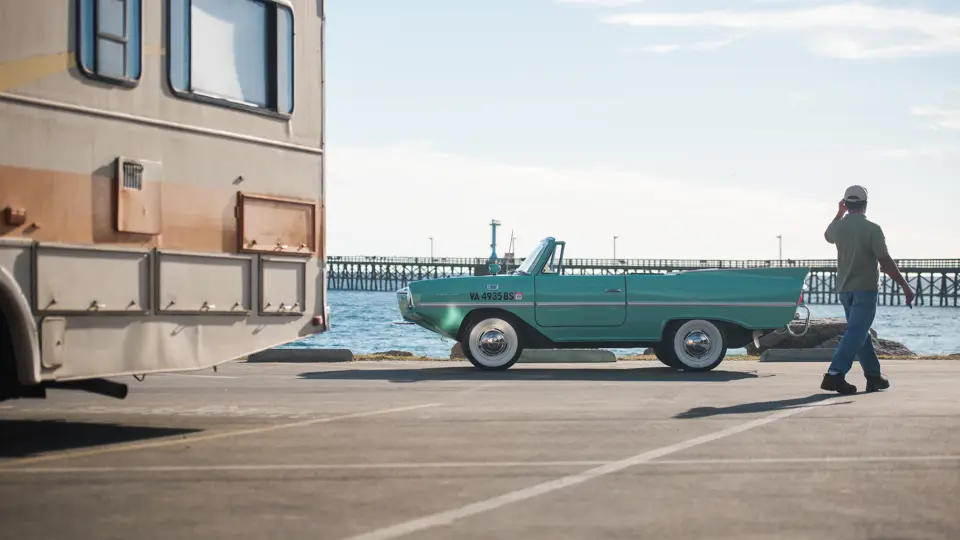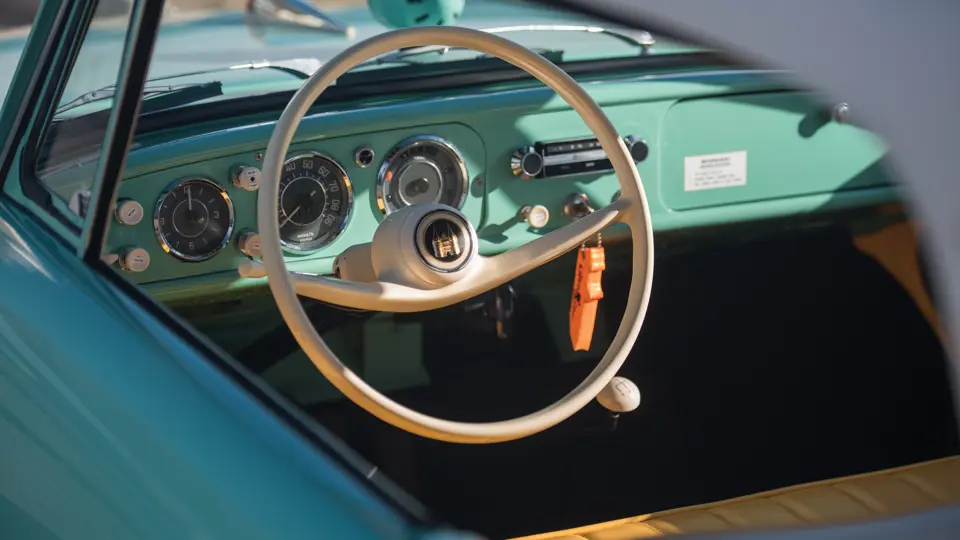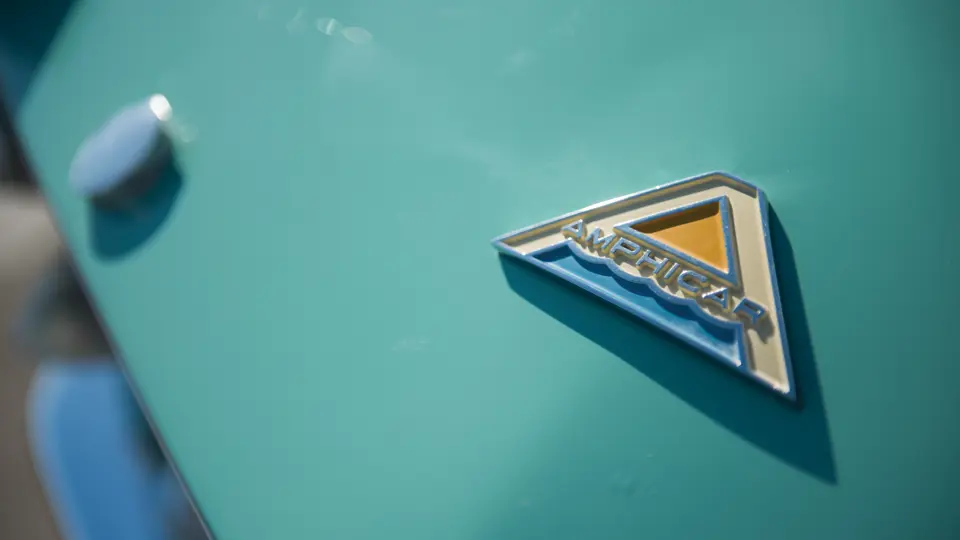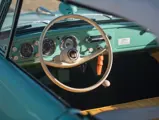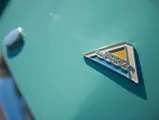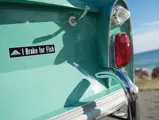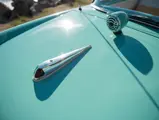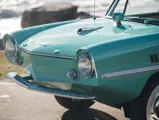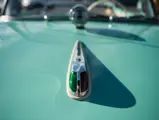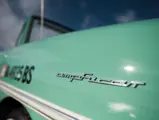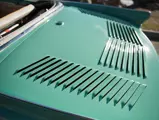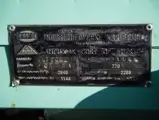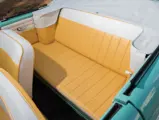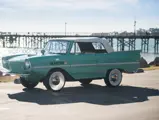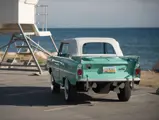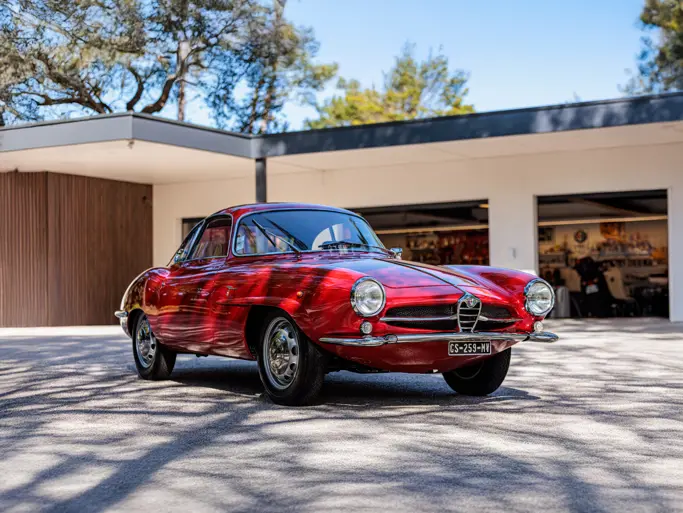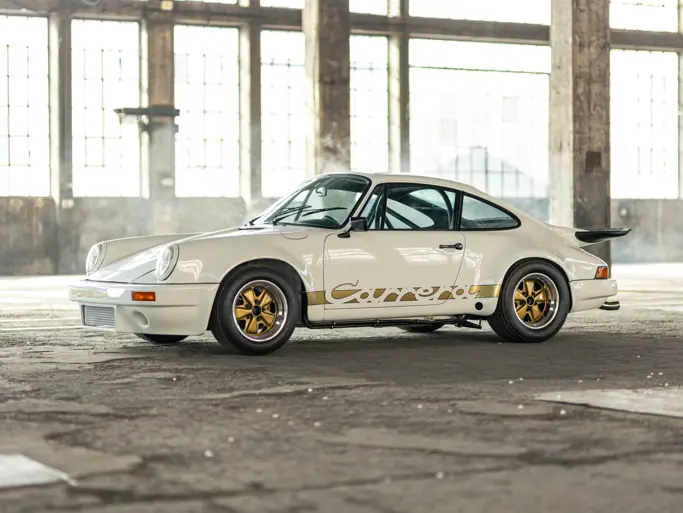
1965 Amphicar 770
{{lr.item.text}}
$93,500 USD | Sold
Offered from the Craig McCaw Collection
{{bidding.lot.reserveStatusFormatted}}
- Offered from the Craig McCaw Collection
- Complete, well-maintained restoration by Amphicar expert Roger Sallee
- Beautifully presented, with original sales brochure and maintenance manual
43 bhp, 1,147 cc Triumph OHV inline four-cylinder engine, four-speed manual transmission, coil-spring independent trailing-arm front and rear suspension, and four-wheel hydraulic drum brakes. Wheelbase: 82.7 in.
Conceived by a pioneer of the field, Hans Trippel, the Amphicar 770 remains the only commercially successful fully amphibious vehicle sold to the public. Aimed squarely at the burgeoning post-war American leisure market, the German-built car made its debut not in Berlin or Munich but at the 1961 New York Auto Show, following a development period that reportedly involved $25 million and 15 years of engineering work.
Resembling a combination of 1957 Thunderbird and Glasspar ski boat, the Amphicar was motivated by a rear-mounted four-cylinder engine, borrowed from the Triumph Herald and powering the rear wheels. On land, it drove much like any other small European automobile of the day. Once a boat ramp was reached, the doors’ special watertight seals were locked into place, and the car was driven into the water; a lever then redirected the engine’s power to dual rear propellers, and off the Amphicar went. The “captain” would steer his craft using the front wheels, which served as primitive rudders. Putting the car into reverse in the water would spin the propellers in reverse, serving as a brake much as on conventional boats. For returning to shore, both the rear-engine drive and the propeller drive could be operated at the same time.
About 3,878 Amphicars were built through 1968, with the majority exported to the USA and sold at $3,395, about the same price as the contemporary Austin-Healey. The Austin-Healey, as much fun as it was, could not swim! Surviving Amphicars are restored and enjoyed by enthusiastic owners’ clubs worldwide.
The fine example offered here was the recipient of a nut-and-bolt rotisserie restoration by noted Amphicar specialist Roger Sallee in the festive and sought-after color combination of Fjord Green over Apricot. Today, it records just 1,076 miles since restoration, indicative of the light use it has received in its current ownership. Only the slightest soiling and light wear from use appears throughout; the exterior remains beautifully finished but not over the top, with nice chrome trim and hubcaps with good original Amphicar badges on the fenders and hood. The interior is only lightly worn and remains very attractive. Importantly for an Amphicar, the hull beneath shows little wear and no sign of corrosion. A testament to the quality of maintenance enjoyed in the current owner’s care, a fully rebuilt correct Amphicar transmission was also sourced and recently installed at a cost of $13,500. The car is offered with some service receipts, the invoice for the transmission, a CD containing a copy of the owner’s manual, and an original sales brochure and maintenance manual.
A fun, charming, and unusual car without which no lakeside car collection is complete, the Amphicar remains unique in the annals of civilian automotive history.
Ahoy!




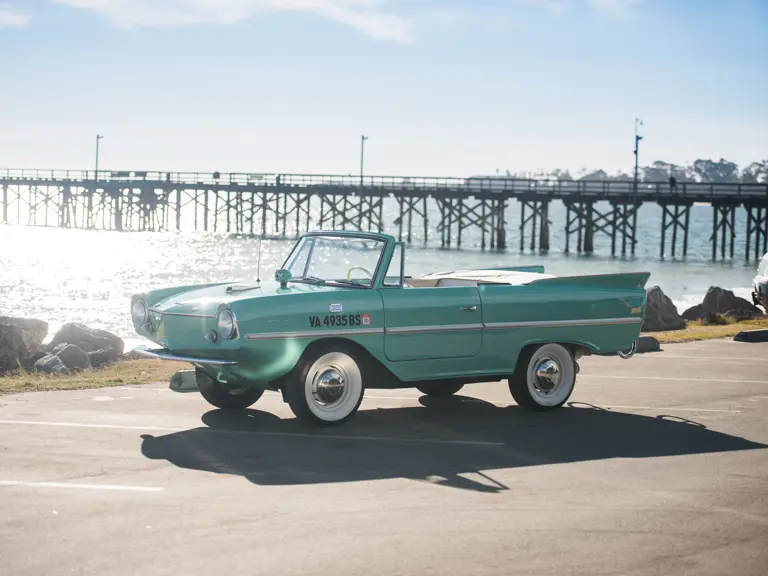
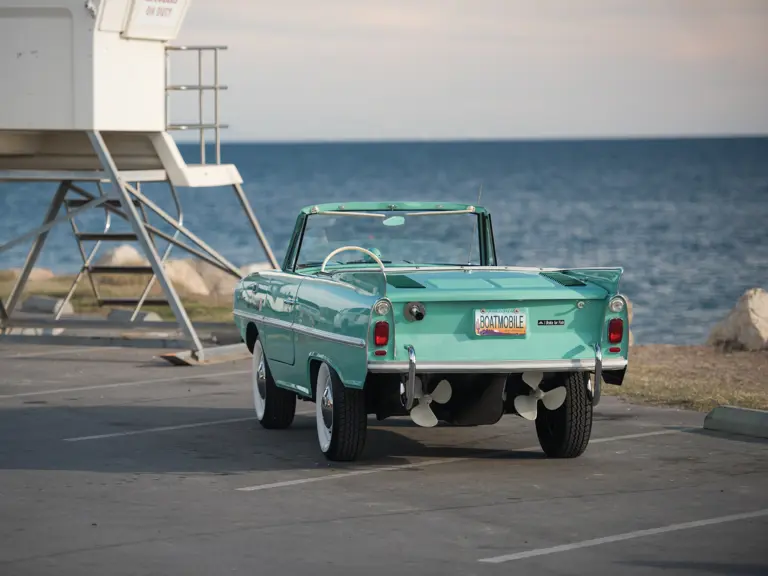
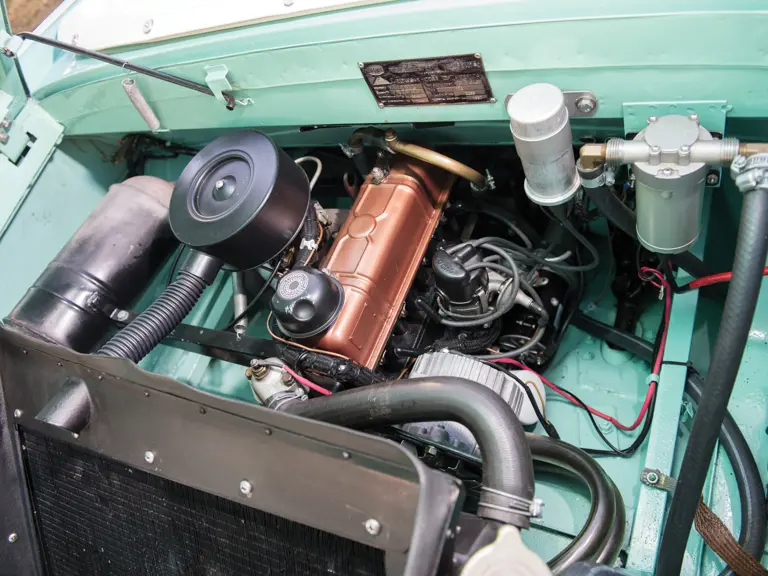
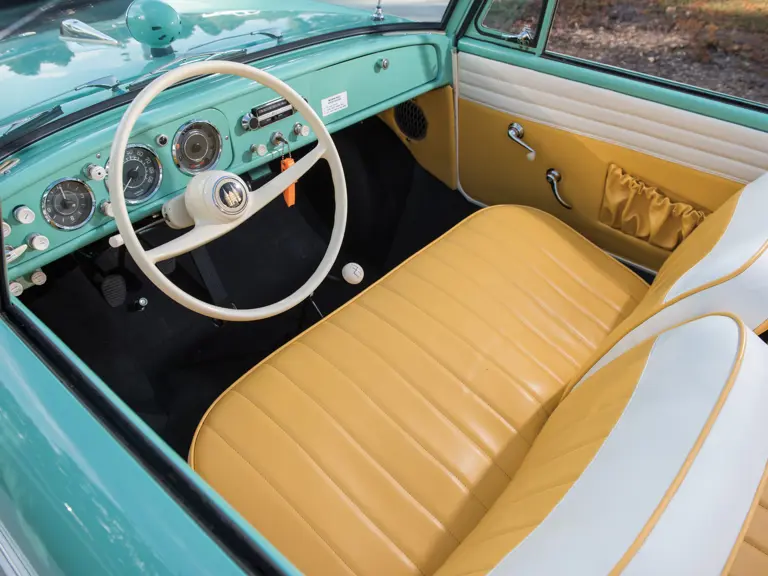


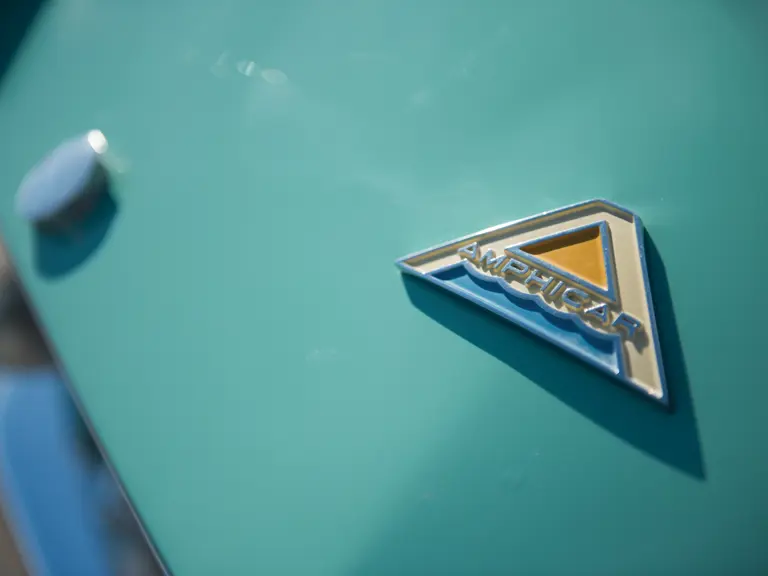

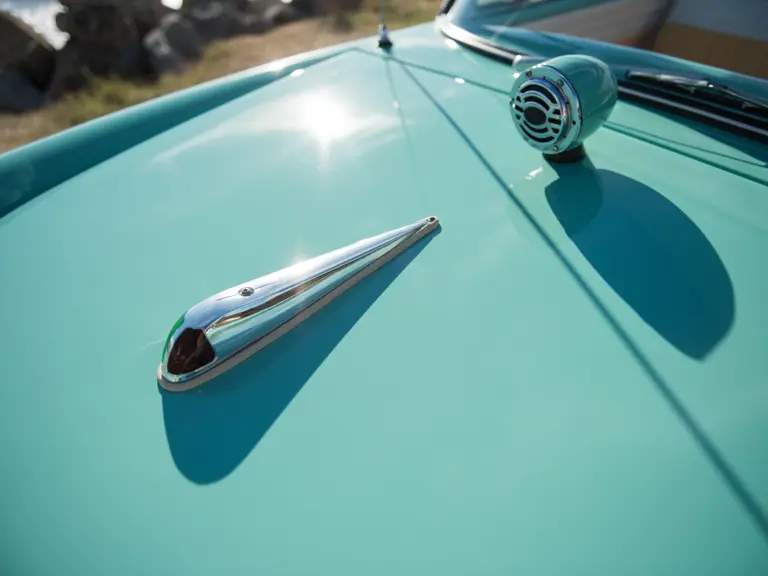

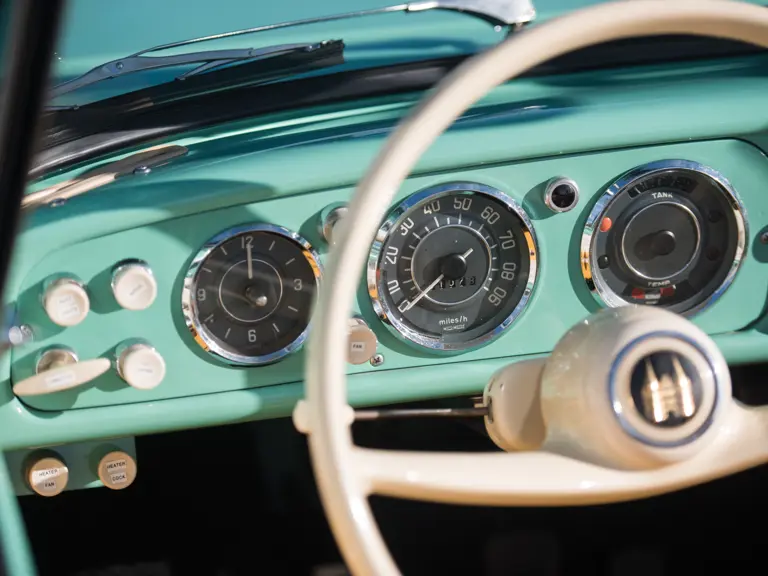
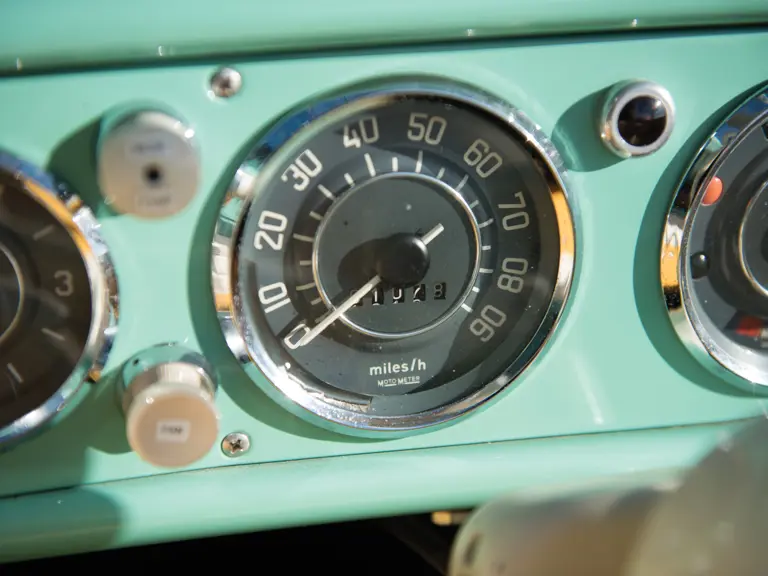
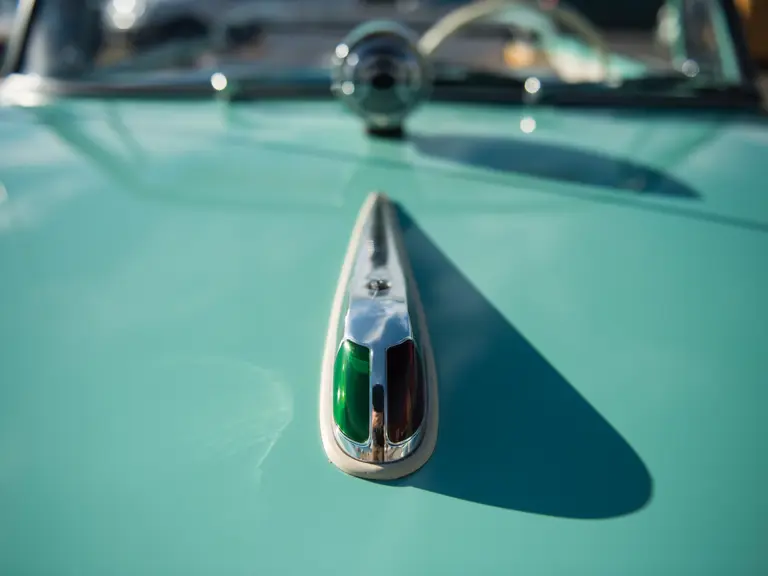

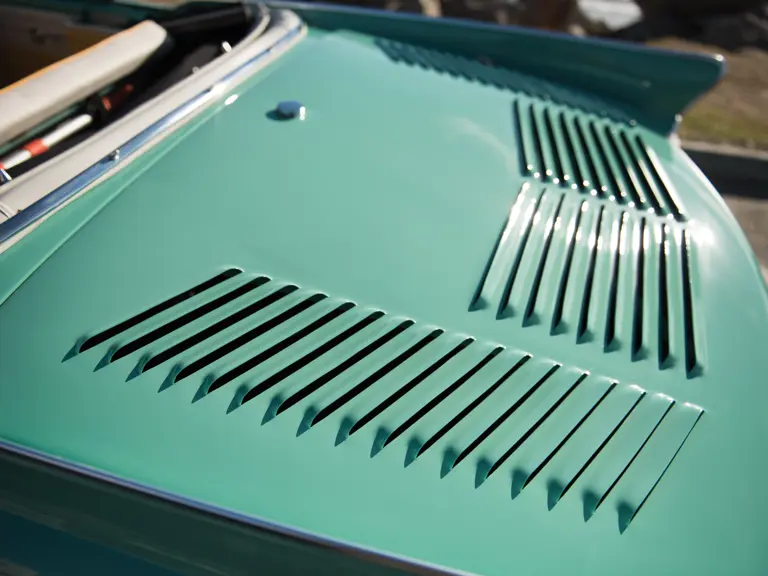
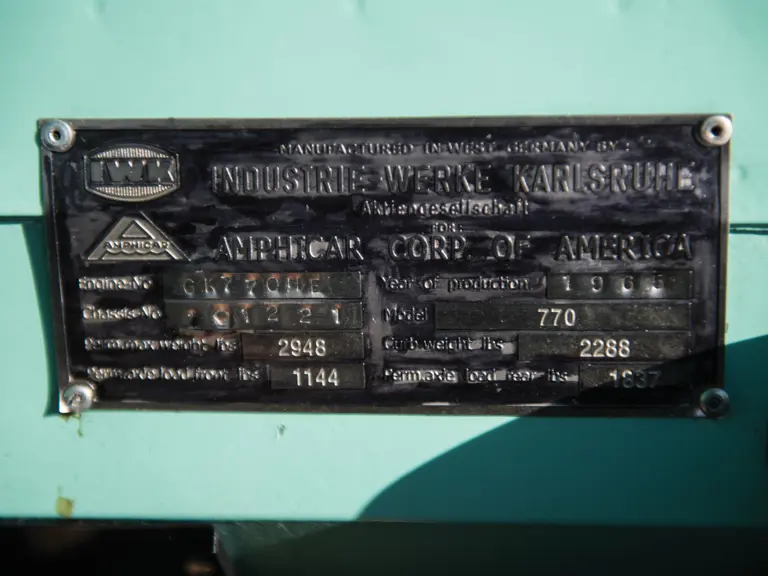
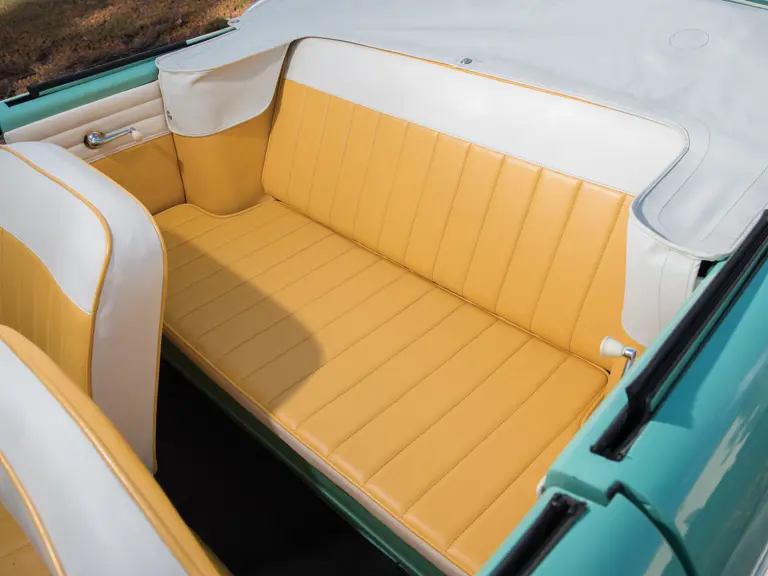
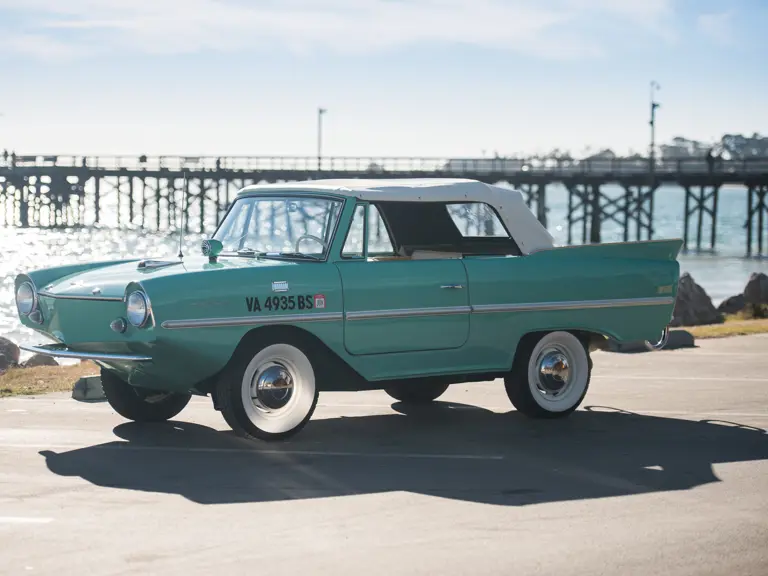
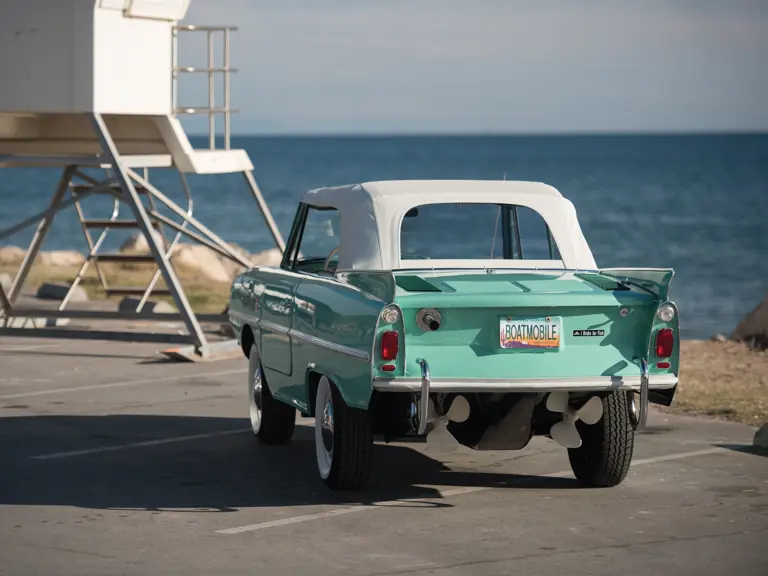
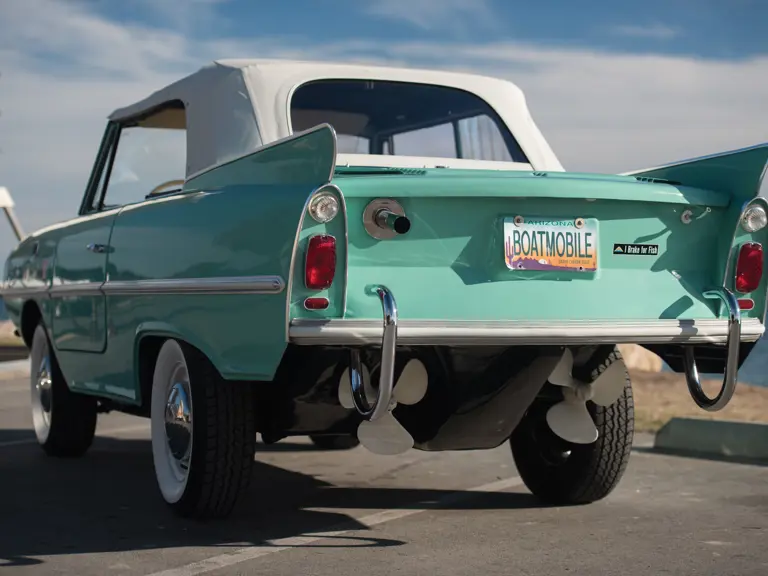
 | Phoenix, Arizona
| Phoenix, Arizona
